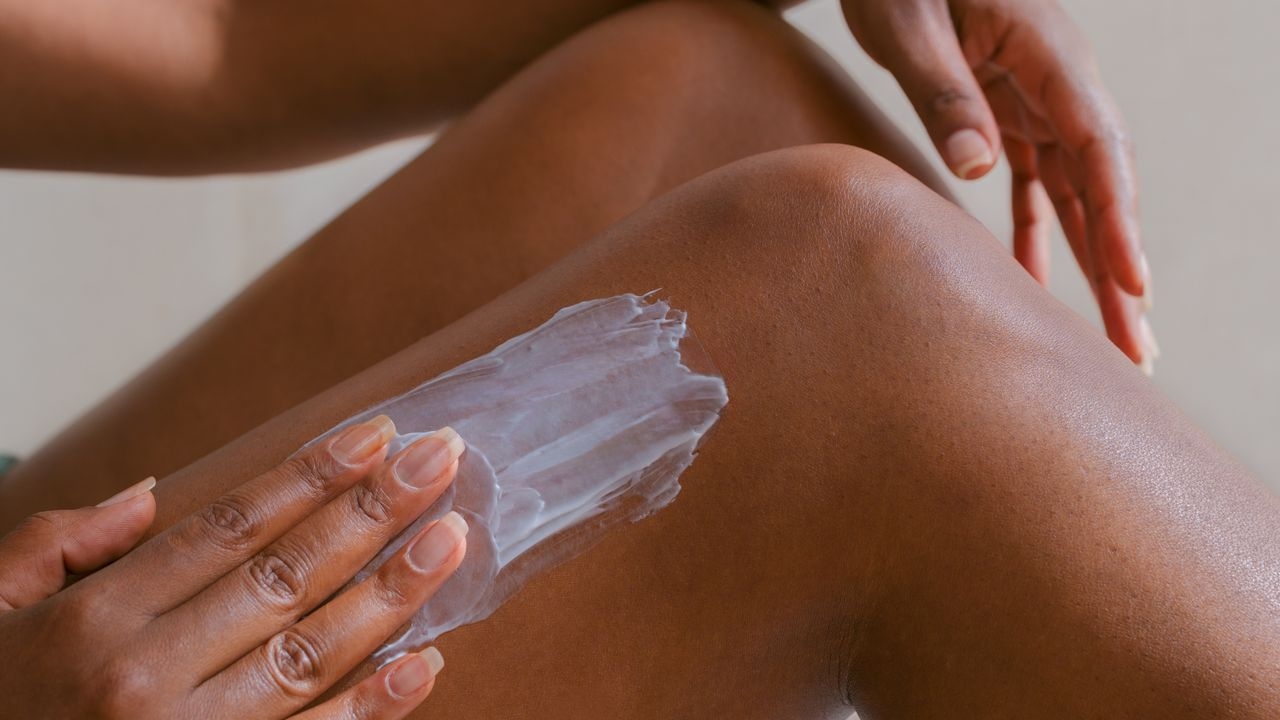14 Tips for Getting Rid of and Preventing Ingrown Hairs, Recommended by Derms

If, however, the hair is right under the surface, you can apply a warm compress to soften the skin, then gently prick it with a sterile needle, and then proceed to tweeze. When we say gentle, we mean it — the hair should be so close to the surface that the prick is as light as a feather, and shouldn't be deep enough to draw blood. If the prick exposes the hair, you can then proceed to pluck it out with your sterile needle. If the gentle prick doesn't expose the hair, hands off!
After plucking or pricking the ingrown hair, treat the area with a chemical exfoliant like salicylic acid or alpha hydroxy acid. Ingrown hair wipes are a great fix since you don’t have to touch the ingrown with your fingers (which can lead to infection). Follow up with a dab of Polysporin and then leave it alone!
Tweezerman
Stainless Steel Point TweezerFirst Aid Beauty
Ingrown Hair Pads with BHA & AHAPolysporin
First Aid Topical Antibiotic Skin Ointment with Bacitracin Zinc & Polymyxin B Sulfate4. Never try to pop an ingrown hair.
If you remember one thing about how to get rid of ingrown hair, it's this: No matter how tempting, resist the urge to squeeze an ingrown hair. Squeezing ingrowns anywhere on your body is a no-no (since it can worsen or infect them), and if you get post-inflammatory pigmentation, you may end up with a scar, says Dr. Neil Sadick. Dr. Malik recommends using a warm compress on the area for 10-15 minutes to soften the skin and reduce inflammation.
5. Shave in the opposite direction of the hair's growth.
Can't bring yourself to pluck the hair? If the thought of tweezing the hair is too painful (especially if it's in a sensitive spot, like your underarm), you can also shave the area. Dr. Sadick suggests carefully shaving over the ingrown with a fresh razor, moving in the direction of your hair growth to get the pesky hair out of the way. The part about the fresh razor? It bears repeating. Never use a dull razor — it will only irritate the skin more. Always use a shaving cream made for sensitive skin when dealing with skin prone to ingrowns.
Stay on top of your exfoliation routine, even when you have ingrown hairs present. Dead skin is one of the causes of ingrown hairs, so regularly exfoliating your skin will help heal it. A gentle scrub or glycolic cleanser will do the trick. Exfoliate once a week for the best results!
Seaweed Bath Co.
Detox Body ScrubTopicals
High Roller Ingrown Hair Tonic with AHA and BHA7. Avoid applying deodorant directly to an ingrown hair.
Try to apply deodorant around (not on) the affected area since the chemicals that keep your pits dry may irritate the ingrown. You can always place a pimple patch over the ingrown hair to avoid getting any chemicals in it, assuming you can’t forgo deodorant.
8. Use tea tree shampoo if you have an ingrown hair on your scalp.
If you have an ingrown hair on your scalp, we recommend gently washing your hair — and making sure to massage your scalp — with tea tree shampoo! Tea tree oil is nature’s salicylic acid and has antiseptic properties, so it will gently exfoliate the ingrown and prevent it from getting infected. Be careful not to brush or apply product to the ingrown. If ingrown hairs on your scalp don't clear up in about a week, Dr. Sadick suggests seeing a dermatologist.
Of all the hair removal methods, shaving is the most likely to cause ingrown hair. For that reason, switching to waxing or using depilatory creams can be a good solution for preventing future ingrown hairs. Waxing can be especially effective, since the new hair follicle will come in finer and weaker hair, which is less likely to turn into an ingrown hair.
How to prevent ingrown hairs and shave properlyNow that you know how to get rid of ingrown hair, how can you keep them from forming to begin with? There are two key things you can do to help prevent ingrowns: exfoliating regularly and practicing proper shaving techniques.
teenvogue






